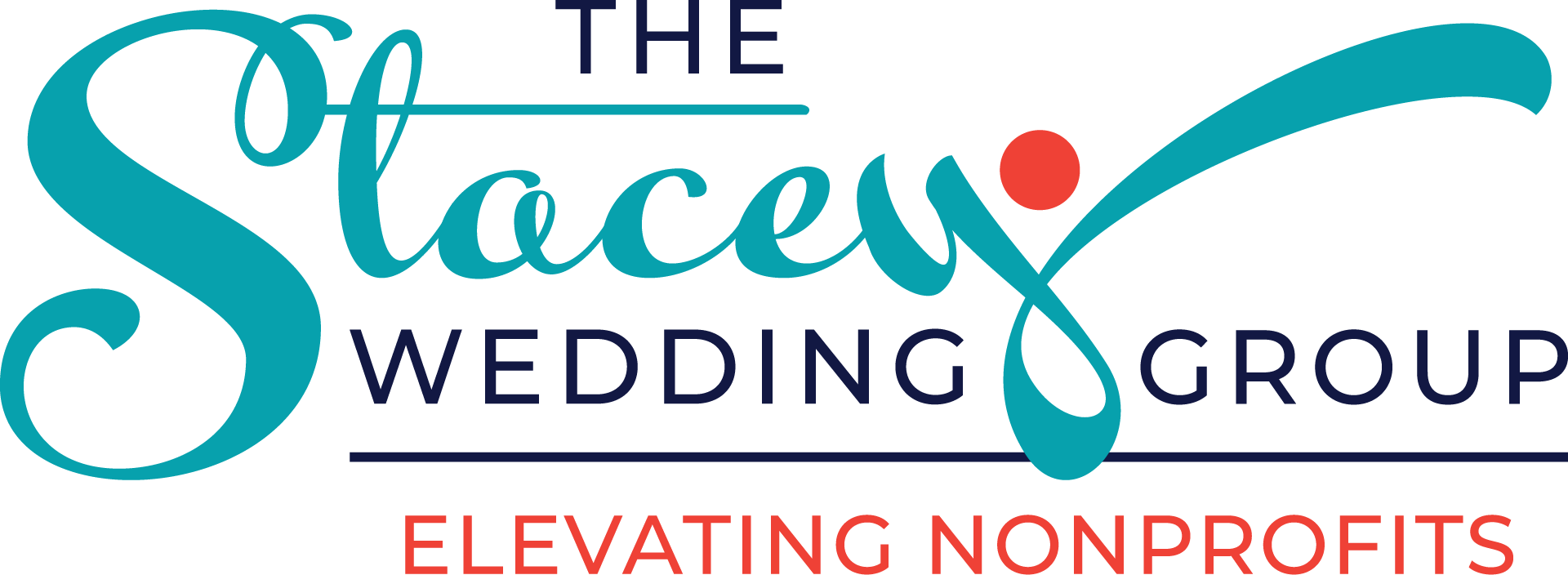When you hear the media hype around back to school or even in your own household, it may conjure up images of crazed parents and kids with nervous jitters about the coming school year. Eventually though, the hustle bustle of a new school year comes and goes, and the practices that ensure a smooth transition back to school can also be valuable for nonprofits looking to make the grade.
Below are a handful of practices to put your nonprofit at the top of the class:
Goal Setting: Just like students set academic goals for the year ahead, nonprofits benefit from establishing clear and measurable goals aligned with their mission. Setting specific targets allows organizations to stay focused and measure their progress effectively.
- When thinking about your goals, what’s on the docket long term (two or more years) versus short term (one year or less)? Is everyone in your organization aware of and headed in the same direction toward these goals?
Strategic Planning: Back-to-school planning involves outlining schedules, curriculums, and extracurricular activities. Similarly, nonprofits should engage in strategic planning on a regular basis to map out their initiatives, allocate resources, and define timelines for achieving their goals.
- When was your last strategic plan developed? Does it need a refresh or complete overhaul?
Collaboration: Students often work together on group projects and participate in extracurricular clubs. Likewise, nonprofits can foster collaboration among their teams, volunteers, and partners to leverage collective skills and knowledge for better outcomes.
- What is working well with your existing collaborations and what needs to change? Are there other groups with which you should explore collaborating?
Continuous Learning: Going back to school signifies a commitment to continuous learning and self-improvement. Nonprofits that encourage professional development opportunities for their staff and volunteers ensure they stay updated with the latest practices and innovations.
- Have you considered holding an annual retreat with some education baked into it or incorporating bite-sized education into board meetings?
Community Engagement: Schools actively involve parents and the community to support student learning. In a similar vein, nonprofits should engage with their communities, donors, and beneficiaries to build strong relationships and ensure their efforts address genuine needs.
- How are you intentionally and proactively engaging with your key stakeholders?
Assessing Impact: Schools regularly evaluate students’ progress through tests and assessments. Likewise, nonprofits benefit from conducting impact assessments to measure the effectiveness of their programs and make data-driven decisions.
- In addition to programmatic impact, what other areas of your organization would benefit from being assessed?
Adaptability: Back-to-school involves adapting to new schedules and challenges. Sustainable nonprofits embrace adaptability to respond to changing circumstances and remain agile in achieving their mission.
- What changes are impacting your nonprofit and how are you adapting to meet these developments?
Communication: Open and transparent communication between teachers, students, and parents is vital for academic success. Similarly, nonprofits are most successful when they prioritize effective communication to convey their mission, goals, and impact to stakeholders.
- What, if anything, needs to change with both your internal and external communications?
By embracing these back-to-school practices, nonprofits can pave the way for success, creating even greater impact in their communities. Just like students embarking on a new academic journey, here’s hoping your nonprofit is approaching each year with enthusiasm, dedication, and a commitment to making a difference!
Hat tip to your success,
P.S. Do you want to get updates on our most recent blogs and other free resources we offer? Sign up here for our bi-monthly e-newsletter, The SWGazette.

